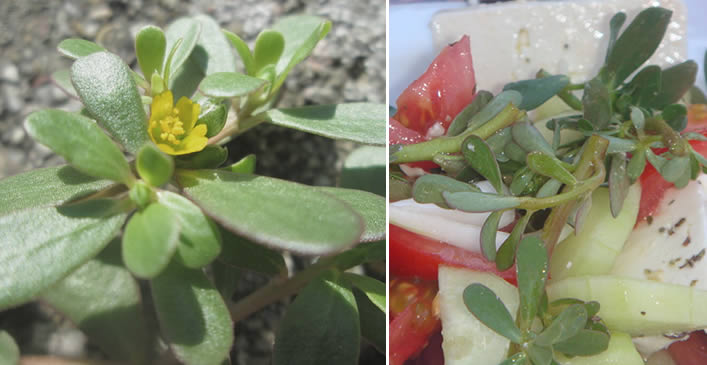
Purslane is a plant that grows throughout almost all of Italy and offers dozens of health benefits. Known by various names, including porcellana and porcacchia, its scientific name is purslane oleracea .
This excellent therapeutic plant was used by our ancestors to prevent and treat many health problems, such as nausea and fever. We list the main properties of purslane below .
Heart
This plant is very rich in omega-3, essential for promoting the proper functioning of the cardiovascular system, lowering cholesterol and promoting blood circulation.
Diuretic
Consuming purslane aids urine production and overall kidney function. Thanks to this property, it allows us to expel residues and harmful elements from the body.
Anti-inflammatory
The plant’s composition, rich in mucilage, also has anti-inflammatory effects and can help relieve inflammation caused by infections.
Antiseptic and antifungal
Purslane helps block the growth of certain bacteria, thus increasing defenses. It can also be used to combat fungi and parasites.
Diabetes
According to recent studies, purslane could reduce blood sugar levels, being a very beneficial vegetable for people suffering from diabetes.
Anemia
The vitamins, minerals and amino acids in purslane may help improve the symptoms of anemia.
Antioxidant
Purslane contains compounds such as betalain, with antioxidant properties capable of reducing cell damage and counteracting the effects of free radicals.

How to recognize and use purslane
Purslane is a spontaneous plant and, as such, it must be recognized . Purslane looks like a creeping plant, with fleshy, smooth leaves and reddish stems.
This plant can be eaten raw, alone or in salads. It is advisable to choose the youngest branches, as they are more tender and tasty. The stem should be avoided: although edible, it is too hard and has a less pleasant flavor.